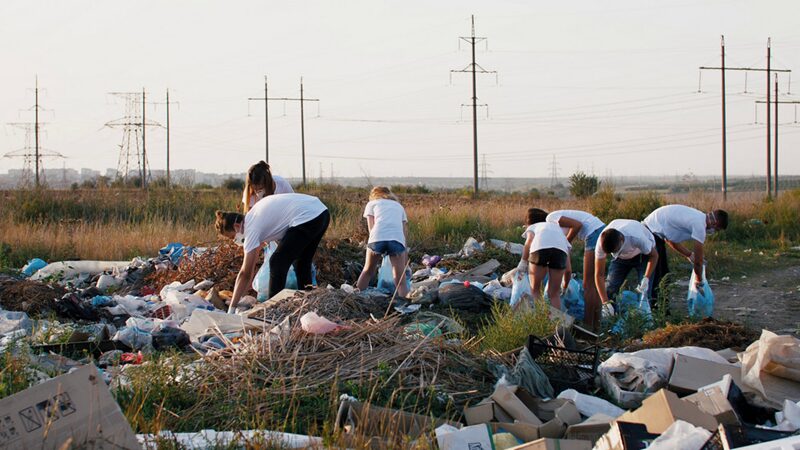In recent years, the urgency to adopt a more sustainable lifestyle has increased substantially. Our daily activities collectively impact the environment, contributing to pollution and depletion of natural resources. Yet, by integrating some simple, eco-friendly practices into our routines, we can make meaningful strides toward a greener planet. This article explores practical tips on how you can weave sustainability into the fabric of your everyday life.
Recycling and Its Impact
Recycling is a cornerstone of sustainable living, allowing us to reuse materials and reduce waste. It helps to conserve natural resources and energy, making it an essential part of an eco-friendly lifestyle. When we recycle plastic, for instance, we’re not just diverting waste from landfills. In fact, according to Recycling Facts, recycling a single ton of plastic can save approximately 685 gallons of oil, underscoring the effectiveness of this practice in conserving precious resources.
Incorporating recycling into your day-to-day routine can be straightforward. Start by sorting your waste properly, ensuring recyclable materials are separated from general waste. Educate yourself and others about the different recycling processes and participate in community recycling programs.
Beyond plastics, recycling metals offers significant environmental benefits. Metals can be recycled indefinitely without degradation of properties, making them particularly valuable. Recycling your old jewelry is probably not something most people think about when they think of living a greener life, but most recycled gold, over 90%, originates from jewelry. By making conscious choices, we can foster a collective culture of sustainability in our communities.
The Role of Sustainable Fashion

Another major area where we can adopt more sustainable practices is fashion. Sustainable fashion minimizes harm to the environment while conserving natural resources. By choosing garments made from recycled or organic materials, we reduce the environmental footprint of our wardrobes. Additionally, supporting clothing brands committed to ethical practices ensures the industry progresses responsibly.
The influence of sustainable fashion extends beyond materials. Long-lasting designs that transcend seasonal trends are a more eco-friendly choice, reducing textile waste. By focusing on quality over quantity, consumers can shift away from the fast fashion lifestyle. This change not only benefits the environment but often leads to more meaningful and lasting personal style.
Conscious consumerism involves being mindful of the social and ecological impact of your purchases. Opt for second-hand shopping, and engage in clothing swaps with friends and community members. Embracing these practices minimizes waste and encourages a more resourceful culture. Through such efforts, individuals contribute to a more sustainable life while finding personal expression in a greener way.
Green Innovations in Agriculture

Agricultural practices also play a crucial role in sustainability efforts. The adoption of greenhouse horticulture, for example, is transforming food production methods. As of current projections, the greenhouse horticulture market could reach $65 billion by 2030, reflecting its growing significance. These controlled environments optimize resources and reduce reliance on chemical inputs, making agriculture more sustainable.
Greenhouses enable the production of healthy crops in diverse climates, reducing the need for resource-intensive imports. This contributes to a reduction in the carbon footprint associated with food transportation. By supporting local farmers who utilize green technologies, individuals help sustain regional agriculture and promote a resilient food system.
Urban agriculture is another innovative approach, reconnecting city dwellers with food production. Vertical gardens and rooftop farms create natural spaces that promote biodiversity and clean air. These initiatives demonstrate how incorporating greenery into urban areas can enhance sustainability and life quality. Engaging with community farming projects also offers educational opportunities and fosters a sense of connection to the environment.
Embracing sustainability in our everyday lives can lead to profound positive impacts on the planet. By making small, deliberate changes, such as recycling, embracing sustainable fashion, and supporting green agriculture, we can significantly reduce our environmental footprint. As individuals, our collective efforts can contribute to a more sustainable and vibrant future. By embedding sustainability into our lifestyle choices, we not only protect our natural world but also inspire future generations to continue this vital legacy.

